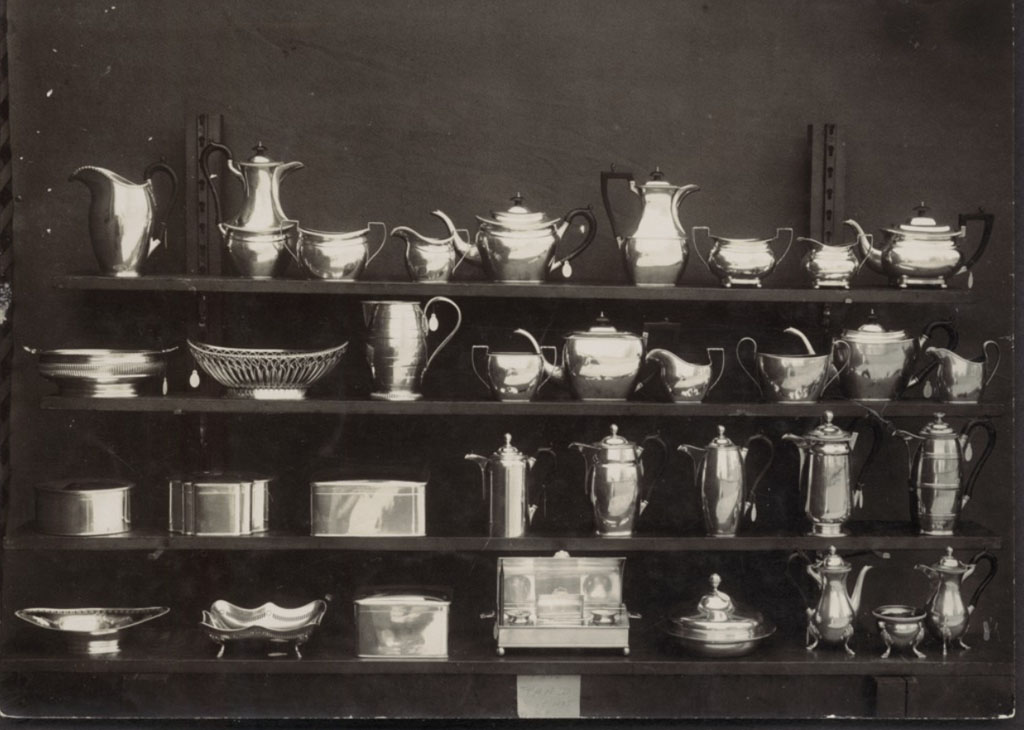
Unit 4 will investigate the hinterlands and transitions of cities – operating between the real and imaginary. The sites for projects will be in Barking and Dagenham which is the endpoint connection in Europe for the New Silk Road which starts in Yiwu, China. The sites are also part of a rethinking of place. We are interested in the trans- disciplinary fields of art, architecture, museology, geology and anthropology as a means to explore the psychology of places, narratives of history, mythologies, rituals and magic. Unit 4 focuses upon collections, typologies and curation in order to create episodic, surreal and transformational spaces and landscapes. The unit will continue to have conversations on kinship between species and being. Students are asked to combine disruptive technologies and experimental materials with hybrid drawing and modelling techniques of both past and present.
Some considerations:
The Mnemosyne Atlas (1924-1929), by Aby Warburg was both a collection and an encyclopaedia. A montage of images/objects of various cultural values and types of objects where grouped interlaced in a nonchronological order defying interpretation at a single glance. Different disciplines were placed together to act as seeds and critical germs. The Victoria and Albert Museum was founded in 1852 to promote ‘knowledge, understanding and enjoyment of the designed world’ to the people. In 1867, Henry Cole, the first. director of the V&A drew up ‘The Convention for Promoting Universally Reproduction of Works of Art’ the purpose was to set up an international exchange of copies. ‘A World of Fragile Parts’ was an exhibition at the Venice Biennale in 2016 and investigated 200 years of copying cultural artefacts. Copying images is seen as a way of learning and interpretative tool.
The Barcelona Pavilion built in 1929, demolished/dismantled 1930 rebuilt/copied 1986 on the original site in 1986. Is it the “same” building? Can it be seen to be authentic or is it ‘fake’ or another variation.
Max Richter’s reinterpretation and recomposition of Vivaldi’s the Four Seasons. The use of the copy as a starting point for an intervention. Richter in this instance only retained 25% of the original score something which we will use as a strategy for design.
The year will be divided into two halves:
Part one – The Archive
Part two – The Institution
The portfolio will be the outcome of thinking through a process of a series of workshops, research, experimentation and doing. You will be required to read set key texts to stimulate a reaction as well as visit Institution both physically and virtually. The unit will be supported by a series of guest lectures, seminars especially in the first term.